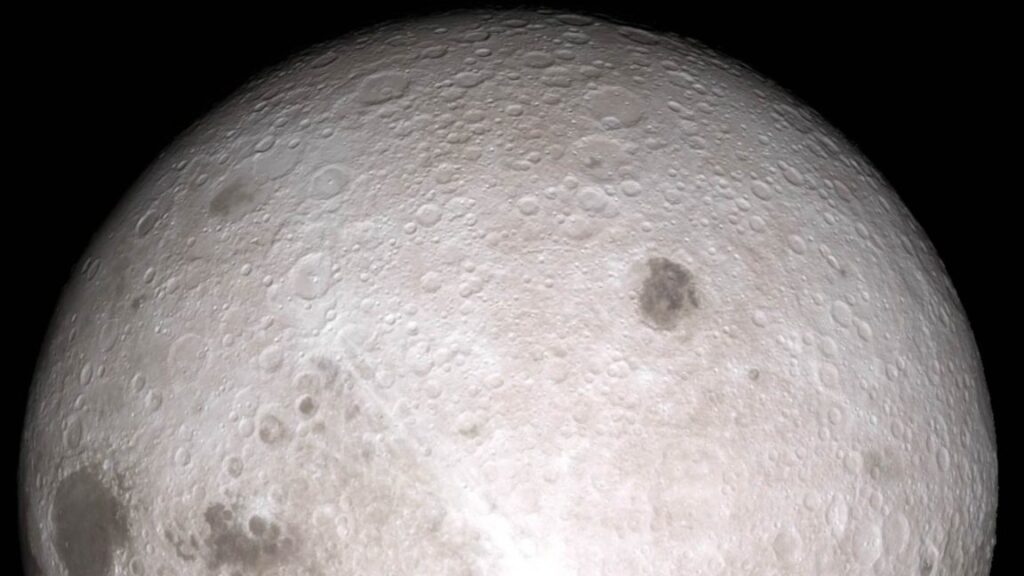NASA plans to build a nuclear reactor on the Moon—a space lawyer explains why
These sought-after regions are scientifically vital and geopolitically sensitive, as multiple countries want to build bases or conduct research there. Building infrastructure in these areas would cement a country’s ability to access the resources there and potentially exclude others from doing the same.
Critics may worry about radiation risks. Even if designed for peaceful use and contained properly, reactors introduce new environmental and operational hazards, particularly in a dangerous setting such as space. But the UN guidelines do outline rigorous safety protocols, and following them could potentially mitigate these concerns.
Why nuclear? Because solar has limits
The Moon has little atmosphere and experiences 14-day stretches of darkness. In some shadowed craters, where ice is likely to be found, sunlight never reaches the surface at all. These issues make solar energy unreliable, if not impossible, in some of the most critical regions.
A small lunar reactor could operate continuously for a decade or more, powering habitats, rovers, 3D printers, and life-support systems. Nuclear power could be the linchpin for long-term human activity. And it’s not just about the Moon – developing this capability is essential for missions to Mars, where solar power is even more constrained.

The UN Committee on the Peaceful Uses of Outer Space sets guidelines to govern how countries act in outer space. United States Mission to International Organizations in Vienna. Credit: CC BY-NC-ND
A call for governance, not alarm
The United States has an opportunity to lead not just in technology but in governance. If it commits to sharing its plans publicly, following Article IX of the Outer Space Treaty and reaffirming a commitment to peaceful use and international participation, it will encourage other countries to do the same.
The future of the Moon won’t be determined by who plants the most flags. It will be determined by who builds what, and how. Nuclear power may be essential for that future. Building transparently and in line with international guidelines would allow countries to more safely realize that future.
A reactor on the Moon isn’t a territorial claim or a declaration of war. But it is infrastructure. And infrastructure will be how countries display power—of all kinds—in the next era of space exploration.![]()
Michelle L.D. Hanlon, Professor of Air and Space Law, University of Mississippi. This article is republished from The Conversation under a Creative Commons license. Read the original article.
NASA plans to build a nuclear reactor on the Moon—a space lawyer explains why Read More »

